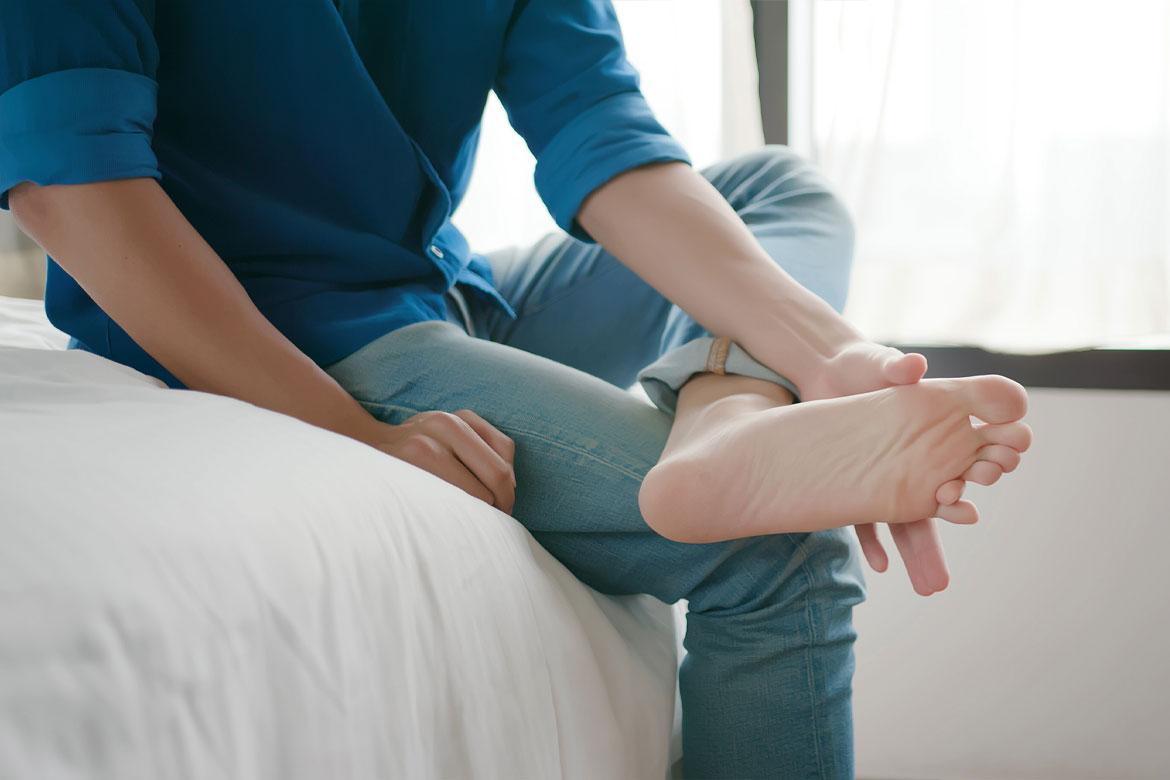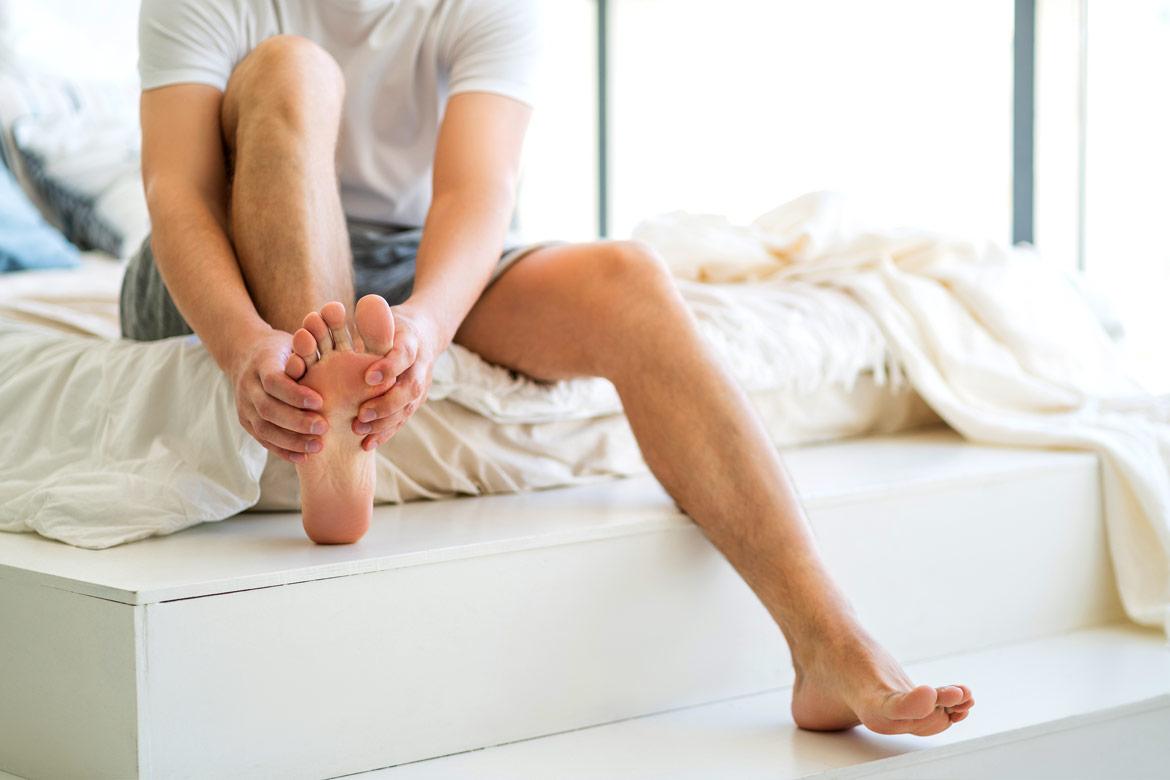
Patellar Tendonitis (Jumper's Knee)
How is patellar tendonitis diagnosed?
Patellar tendonitis may be diagnosed based on:
- Physical examination. Your doctor will ask about your symptoms and conduct an examination to review the location and severity of your pain. You will also be asked to demonstrate your range of movement by bending and extending your leg.
- Magnetic resonance imaging (MRI). An MRI can help to reveal damage to the tendon or any of the soft tissues around the knee.
- Ultrasound. An ultrasound is another imaging test that can help to reveal damage to the tendon or any of the soft tissues around the knee.
- X-ray. An X-ray allows your doctor to see if there is any bone damage such as a fracture or displacement of the kneecap.
How is patellar tendonitis treated?
Treatments for patellar tendonitis include:
- Rest, ice, compression and elevation (RICE). This combination is a simple technique to reduce pain and inflammation.
- Medication. Over-the-counter or prescription medication can help to reduce pain and inflammation.
- Corticosteroids. A corticosteroid injection directly into the area surrounding the patellar tendon can help to reduce severe pain, though there may be a risk of tendon rupture. Corticosteroids can also be administered by applying it topically and applying a low electrical charge to enhance absorption. This process is known as iontophoresis.
- Knee straps or brace. A knee strap or brace can help to relieve the pain and provide support to avoid further damage to the tendon. Crutches may also help.
- Physiotherapy. Specific exercises can help to stretch and strengthen the muscles that support your knee.
- Ultrasound or electrical stimulation. These methods are used to ease knee pain and inflammation, and encourage recovery.
- Orthotic devices. Corrective devices such as shoe inserts may be given to support flat feet or correct knock-kneed posture.
- Extracorporeal shockwave therapy. This involves sending electrical impulses into the tissues surrounding the knee cap, targeting damaged tissues.
- Surgery. A torn or ruptured tendon may require surgical repair.
Knee pain can be caused by many conditions and require different forms of treatment. As your condition may get worse without treatment, it’s best to have your knee pain medically diagnosed so that you can receive appropriate treatment.
This coverage checker is brought to you by Health Insured, an online resource that helps you understand your health coverage in Singapore.
This page has been reviewed by our medical content reviewers.
Need help?
For enquiries, please call
+65 6250 0000 (Orchard) or +65 6898 6898 (Novena)
For appointment bookings, please WhatsApp
+65 8111 7777 (Orchard) or +65 8111 5777 (Novena)
 Brain & Spine Care
Brain & Spine Care







